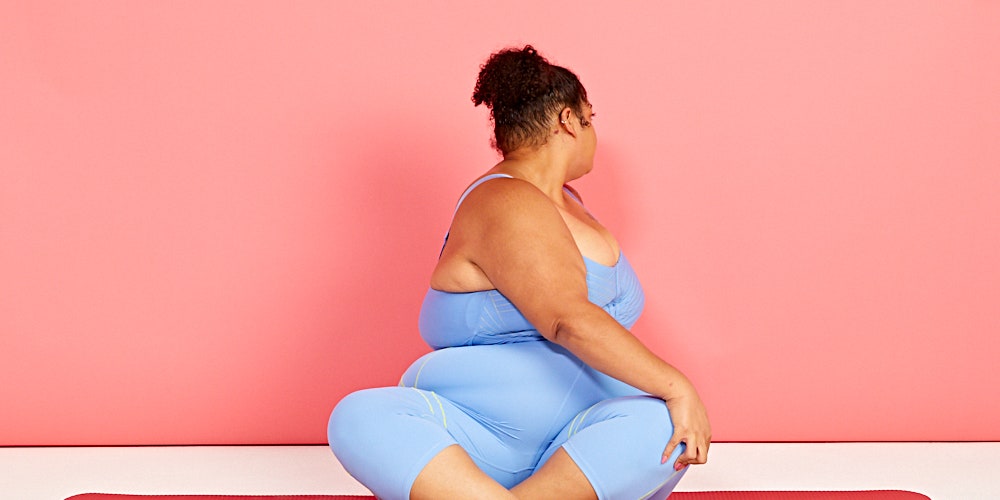About 8 out of 10 people will have back pain at some point in their lives, according to the National Library of Medicine. The upshot: Doing yoga for back pain can help assuage this unfortunately common medical issue.
By moving your body through certain yoga positions, you can promote blood flow, improve mobility, release tension, and build strength in key areas. Best part is, you don’t need a yoga studio membership to reap these benefits—there are tons of yoga moves you can do at home to help, zero equipment required.
We tapped Candace Harding, DPT, an integrative physical therapist and registered yoga teacher in Arlington, Virginia, to learn more about the benefits of yoga for back pain as well as dos and don’ts for adding yoga poses for back pain to your routine. Harding also shared with SELF 12 awesome yoga moves you can try today for a less achy backside, including yoga for upper back pain and yoga stretches for lower back pain.
Keep scrolling for all you need to know!
What are some benefits of yoga for back pain?
Curious how, exactly, yoga can help relieve lower back pain, as well as pain in the upper body? We’ll explain in a sec, but first, let’s get clear on what causes back aches in the first place.
For many people, back pain starts because their core is weak, Harding tells SELF. When your core muscles—which include all the muscles in your torso from the top of your diaphragm down to your pelvic floor—aren’t all firing like they should, your back can take on too much stress as it tries to overcompensate. And that stress can translate into pain.
“It’s kind of like an office environment where one coworker isn’t doing their job, and for a while, somebody else is willing to pick up the slack,” Harding tells SELF. “But eventually, they get pissed that their coworker isn’t showing up.”
Having tight muscles such as hip flexors (a group of muscles along the front of your upper thigh that flex your hips) can also contribute to back pain. That’s because when your hip flexors get tight—which can happen from sitting too much as well as overuse during certain activities, like running—they pull your low back into a reversal of its natural curvature, explains Harding. And that unnatural positioning can cause aches and pains.
Quick distinction: When many people talk about back pain, they’re referring to low back pain, says Harding. Low back pain, she explains, which tends to focus around the lumbar spine, is much more common than upper back pain, the latter of which tends to be more interchangeable and related with neck pain and shoulder pain.
Regardless of what type of back pain you have (lower back or upper back), a regular yoga practice can help alleviate it. With yoga, you challenge your muscles through a whole bunch of different positions, like twists and bends. And by moving in a wide variety of ways, you can help keep your muscles active, prevent them from getting weaker, and bring blood flow and nutrition to all the different muscles, joints, and tissues in your body, which can promote healing, says Harding.

